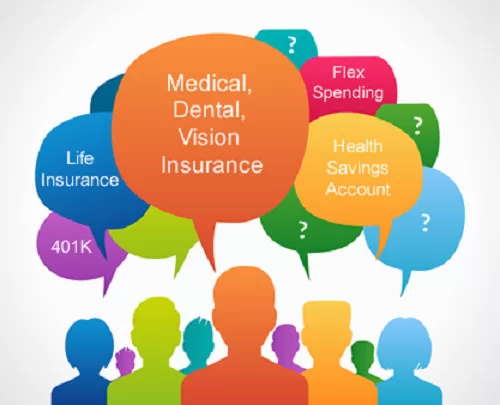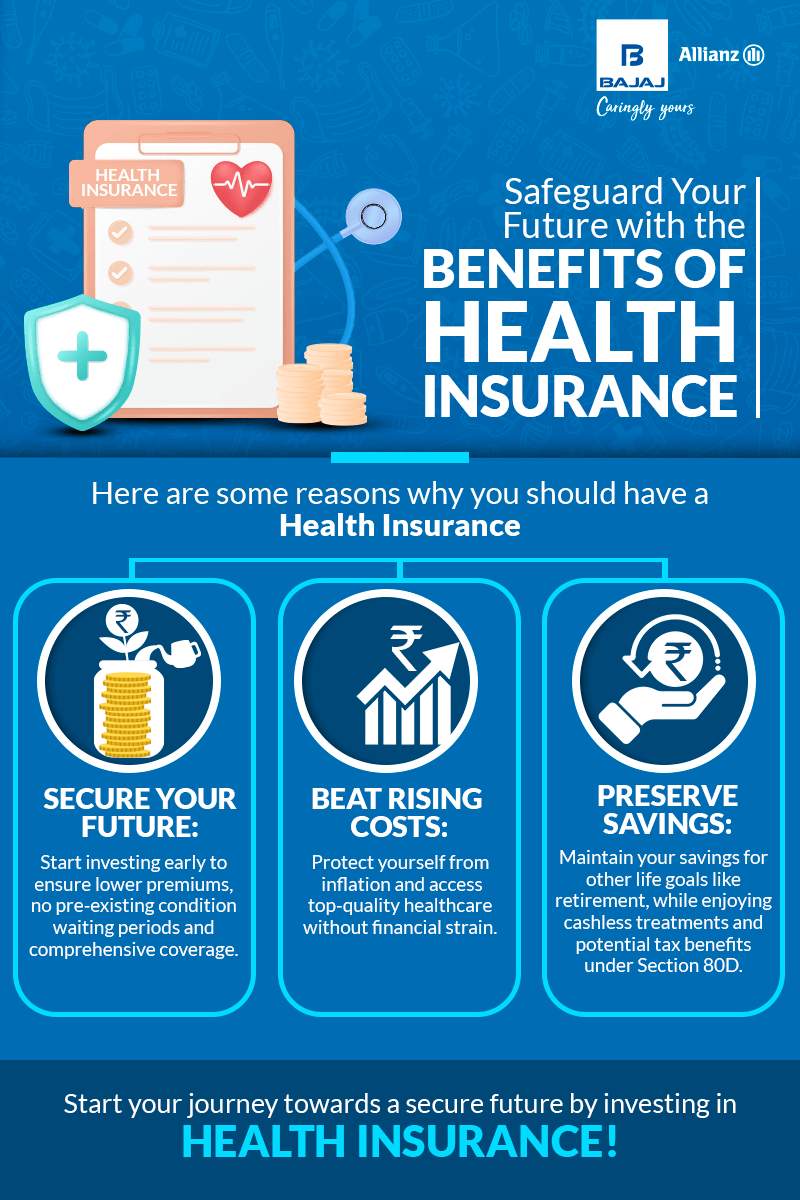The Ultimate Guide To Medicare Advantage Agent
The Ultimate Guide To Medicare Advantage Agent
Blog Article
A Biased View of Medicare Advantage Agent
Table of ContentsNot known Incorrect Statements About Medicare Advantage Agent Facts About Medicare Advantage Agent RevealedA Biased View of Medicare Advantage Agent

adheres to from puzzling the relatively young age account of the without insurance with the better health and wellness, usually, of younger individuals. This obscures the web link between wellness standing and medical insurance. For those without accessibility to workplace health insurance, inadequate health and wellness is a possible obstacle to purchasing nongroup coverage since such protection may be very priced, omit preexisting problems, or be merely not available. The variety of uninsured Americans is not specifically big and has actually not altered in recent times. Seven out of 10 respondents in a country wide depictive study thought that fewer Americans did not have medical insurance than in fact do(Fronstin, 1998). Roughly fifty percent(47 percent )believed that the number of individuals without medical insurance decreased or stayed continuous over the last half of the last decade(Blendon et al., 1999). This drop of nearly 2 million in the variety of individuals 'without insurance coverage (a decrease
of around 4 percent)is absolutely a positive adjustment. With a softer economy in 2000 the most current reported gains in insurance policy protection might not proceed(Fronstin, 2001 ). The decline in the variety of without insurance will not continue if the economy continues to be slow and health and wellness treatment prices continue to outpace inflation. This is due to the fact that the data were accumulated for a duration of solid financial efficiency. Of the approximated 42 million people that were without insurance, all yet about 420,000(about 1 percent)were under 65 years of age, the age at which most Americans become eligible for Medicare; 32 million were adults between ages 18 and 65, about 19 percent of all adults in this age team; and 10 million were youngsters under 18 years old, about 13.9 percent of all youngsters (Mills, 2000). These price quotes of the variety of persons uninsured are generated from the annual March Supplement to the Current Population Survey (CPS), conducted by the Census Bureau. Unless otherwise kept in mind, nationwide quotes of individuals without health insurance coverage and percentages of the population with different kinds of coverage are based on the CPS, the most widely made use of resource of price quotes of insurance policy coverage and uninsurance rates. These surveys and the price quotes they produce are described briefly in Table B. 1 in Appendix B - Medicare Advantage Agent. These surveys vary in dimension and sampling techniques, the questions that are asked about insurance policy
The Basic Principles Of Medicare Advantage Agent
insurance coverage, and the moment duration over which insurance protection or uninsurance is determined(Lewis et al., 1998, Fronstin, 2000a ). Still, the CPS is especially beneficial due to the fact that it generates annual quotes relatively quickly, reporting the previous year's insurance coverage estimates each September, and because it is the basis for a constant set of price quotes for more than twenty years, enabling analysis of fads in coverage in time.

5 Simple Techniques For Medicare Advantage Agent
Over a three-year period beginning early in 1993, 72 million individuals, 29 percent of the U.S. population, lacked insurance coverage for a minimum of one month. Within a solitary year(1994), 53 million individuals experienced a minimum of a month without protection(Bennefield, 1998a). 6 out of every ten uninsured grownups are themselves employed. Functioning does improve the likelihood that one and one's family participants will certainly have insurance policy, it is not a guarantee. Also members of households with 2 permanent breadwinner have nearly a one-in-ten opportunity of being uninsured (9.1 percent uninsured rate)(Hoffman and Pohl, 2000 ). The relationship in between medical insurance and accessibility to care is well established, as recorded later in this chapter. The relationship between wellness insurance and health and wellness end results is neither direct neither basic, a substantial clinical and wellness services research study literature web links wellness insurance coverage
to improved enhanced accessibility care, better qualityTop quality and improved boosted and population populace statusCondition The second report, on personal wellness end results for without insurance adults, is stood for by the innermost circle of the number, while the third report, on household wellness, incorporates the topics of the second record but stresses a different unit of analysis, namely, the family. The sixth report in the collection will provide info concerning techniques and efforts taken on locally, statewide, or across the country to attend to the lack of insurance and its unfavorable impacts. Degrees of analysis for taking a look at the impacts of uninsurance. This conversation of medical insurance protection concentrates mainly on the U.S. population under age 65 due to the fact that practically all Americans 65 and older have Medicare or various other public protection.
It focuses particularly on those without any type of health insurance policy for any type of size of time. The issues encountered by the underinsured are in some areas similar to those dealt with by the without insurance, although they are generally much less serious. Uninsurance and underinsurance, nonetheless, include definitely various plan problems, and the approaches for resolving them may differ. Throughout this research study and the five reports to follow, the major focus is on persons with no medical insurance and hence no help in spending for health treatment beyond what is available through charity and safeguard establishments. Health insurance is an effective variable impacting invoice of treatment due to the fact that both patients and doctors respond to the out-of-pocket cost of solutions. Medical insurance, nevertheless, is neither necessary neither adequate to gain access to medical services. The independent and direct effect of health and wellness
insurance coverage protection access to health services solutions well established. Others will certainly get the health and wellness treatment they require also without medical insurance, by spending for it expense or seeking it from service providers that use care complimentary or at highly subsidized rates. For still others, health and wellness insurance policy alone does not guarantee receipt view of treatment as a result of other nonfinancial barriers, such as a lack of wellness care suppliers in their area, minimal accessibility to transportation, illiteracy, or linguistic and social differences. Formal research regarding uninsured populations in the USA dates to the late 1920s and early 1930s when the Board on the Price of Healthcare generated a collection of reports regarding funding doctor office visits and hospital stays. This issue ended up being salient as the varieties of medically indigent climbed up during the Great Clinical depression. Empirical researches consistently sustain the link between access to care and enhanced health and wellness end results(Bindman et al., 1995; Starfield, 1995 ). Having a normal source of care can be considered a predictor of access, rather than a direct action of it, when health and wellness end results are themselves have a peek here used as access indicators. This extension of the concept of gain access to dimension was made by the IOM Committee on Keeping Track Of Gain Access To to Personal Healthcare Provider(Millman, 1993, p. Whether parents are insured appears to affect whether their kids obtain treatment in addition to just how much careeven if the children themselves have coverage(Hanson, 1998). The wellness of parents can affect their capability to look after their kids and the level of household stress and anxiety. Fretting about their youngsters's accessibility to care is itself a resource of tension for moms and dads. 3 phases follow in this report. Chapter 2 supplies an introduction of exactly how employment-based medical insurance, public programs and specific insurance coverage operate and communicate to provide substantial however incomplete protection of the united state population. This includes a testimonial of historic fads and public laws impacting both public and private insurance, a discussion of the communications among the various sorts of insurance coverage, and an assessment of why people relocate from one program to an additional or end up

Report this page